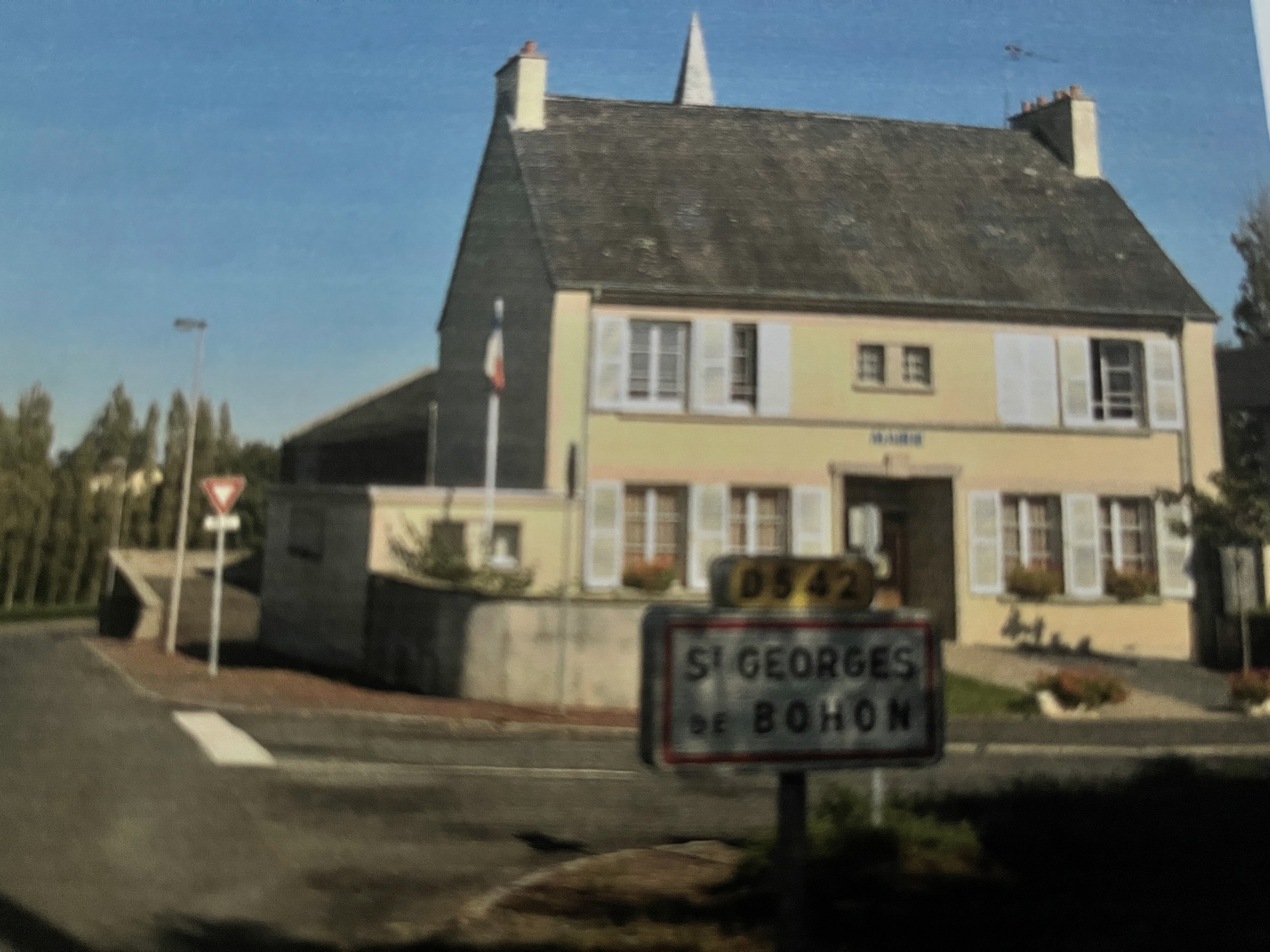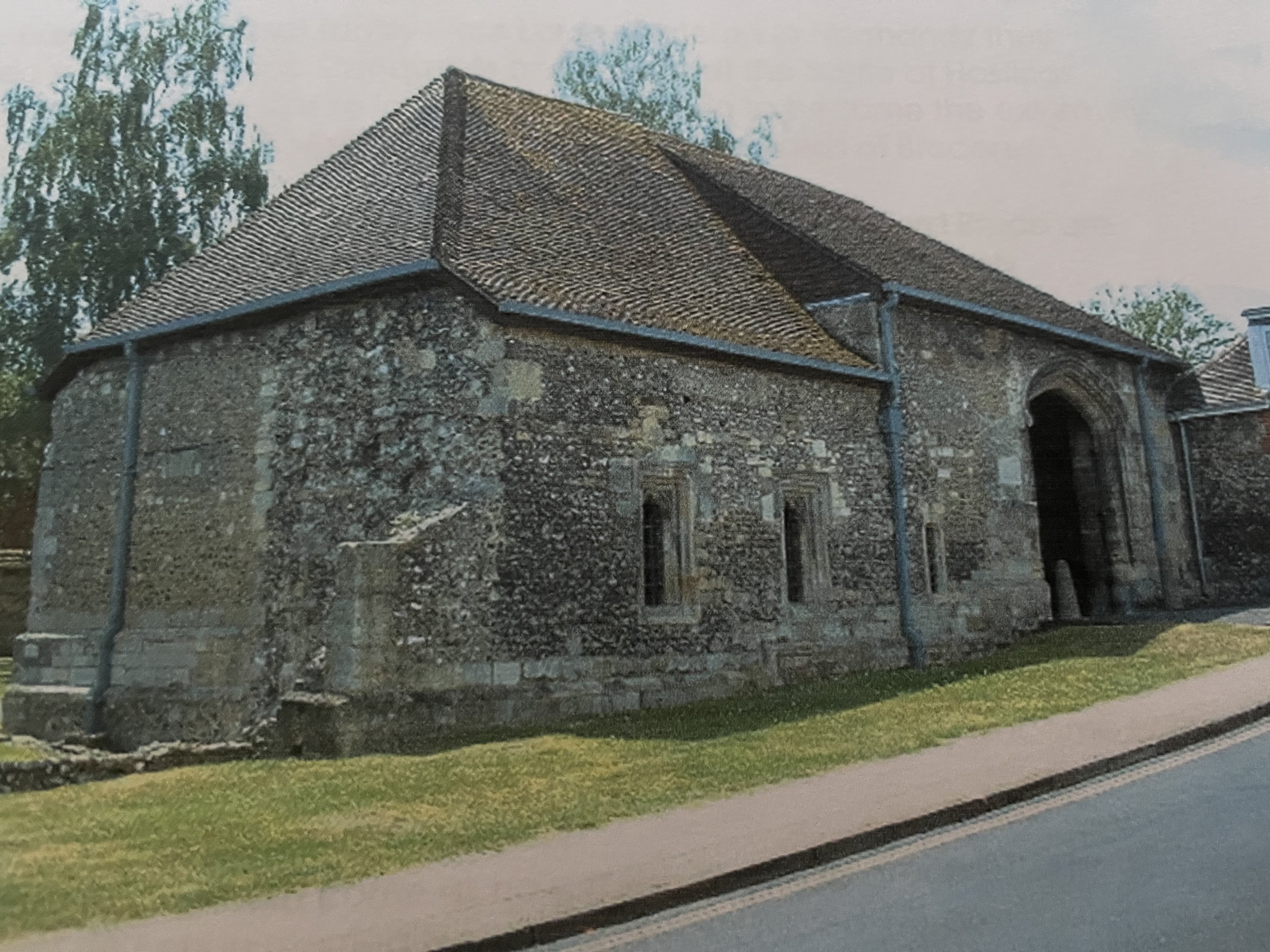
history of the manningfords
Introduction
The formal history of the Manningford, Abbots, Bruce and Bohune, has already been written.
You can find it and much else in Volume 10 of the excellent “Victoria County History” (1975 edition)
Rather than re-write that and run the risk of producing a potentially boring list of dates, land transfers and endowments, this history will take a different path. Amongst other things, it will attempt to describe moments from the Manningford past, not necessarily in chronological order, and show how they are relevant to us today.
This wil give everyone the opportunity to add his or her thoughts and memories.
Hopefully, as the story develops, we will shall see how the character of the Manningford is the result of the accumulation over the centuries of the hopes, fears, actions and experiences of everyone who has ever lived here, from the Neolithic man whose flint axe-head was found in Manningford Bohune, to all of us here today.
This is not to suggest that the Manningford have remained unaffected by great natural and international events - the Romans, the Anglo Saxon invasion, the Norman Conquest, the Civil War, the Agricultural and Industrial revolutions, the two World Wars even the recent Recession. But they have been affected and shaped only to the extent that these great impersonal forces have affected and shaped the lives of the men, women and children living here at the time.
Because this is a history of all of us, all of us should take part.
Its often easier to find out what happened five hundred years ago than it is fifty years ago or even five. Much folk history is held and then lost inner memories . Who can tell us about where the wartime searchlight battery was located? How VE Day was celebrated or the Coronation in 1953, or for that matter, the Millennium? What was “The Dragon” pub like?
Simply write down your memories, family stories and anecdotes and email them to us at hello@themanningfords.co.uk before they are lost forever. If you have any old photographs scan them in to and we can record our own stories.





The Earliest Manningford Resident
Our first recorded neighbour lived here over four thousand years ago about the time of the construction of Stonehenge and Silbury Hill, and is, so far, the earliest evidence we have of human beings living on the land that some two thousand years later would become the Manningfords.
Sometime before 2000BC a nameless, late Neolithic predecessor of ours lost or left his axe (lets assume that the axe wielder was a “he”) on what is now Bohune Down. The axe head lay buried in the ground for about four thousand years before it was found in the Nineteenth Century by Mr S.B. Dixon, a solicitor from Pewsey.
It is highly likely that this painstakingly flaked, flint axe was used for clearing the ground of trees and scrub.
This is important for us today because the Neolithic period represents a crucial change in the way of life of early man. About this time he stopped being the wandering ‘hunter gatherer” of the Stone Age and adopted the more settled and sedentary existence of a farmer.
Framing in the Maningfords goes back a long way, Vitacress has a long heritage.
The history of the Manningford as we know them may have begun all those thousands of years ago. But we need to remember that those of us living here today, are not the end of the story; we are just a brief episode, a footnote, in an intriguing tale that will continue long after are gone.
Who knows, in another four thousand years, an archaeologist, or a solicitor, might discover our artefacts.
What would they make of them?
If they dig on the site of Indigo ( assuming that its not still there) they might conclude that there was once some strange and obscure trade link between the Manningford and the Orient (and they would be right!), they might declare as priceless treasure-trove the fifty pence piece that slipped through the hole in a Manningford Abbots trouser pocket or they might write learned articles trying to puzzle out the exact purpose or the religious significance of the nut and washer that fell off a Manningford Bruce lawn mower?
This axe head was discovered in the late 19th Century by S. B. Dixon. Stephen Brown Dixon was a well known solicitor who lived in Pewsey. He was a Fellow of the Geographical Society. Examples from his collection of flint implements and ancient arefacts can be found in Devizes Museum.
In 1934, the ancient parishes of Manningford Abbots, Manningford Bruce and Manningford Bohune became the single civil parish of Manningford and at a stroke; the clock was turned back over a thousand years.
Abbots, Bruce & Bohune
2009 was a very important anniversary in the history of the Manningford, our Diamond Jubilee, no less.
In 1934, the ancient parishes of Manningford Abbots, Manningford Bruce and Manningford Bohune became the single civil parish of Manningford and at a stroke; the clock was turned back over a thousand years.
The evidence of land charters suggests (and it can do no more than suggest) that up to. The Ninth Century the estate of Manningford (Maningaford) had been a single block of land. At some point in the late Ninth Century the block was divided into three and that is how it remained, more or less, until 1934.
If, at the time, the three blocks had names at all, they certainly weren’t Manningford Abbots, Manningford Bruce and Manningford Bohune.
So, how did the three parishes get their names? The story covers hundreds of years and contains many frustrating gaps.
The nameless descendants of our Neolithic axe man can be traced down the centuries through the undated Bowl Barrows and prehistoric ditches on Bohune Down, the Iron Age enclosure on Bruce Down and the Bronze Age Round Barrow at Swanborough.
However, the next inhabitants of whom we have clear and solid evidence were certainly not his descendants. In fact, you might argue that they were the first “incomers”, people not from these parts; to have a home in the future Manningford.
In 1985 a selection of the mosaic floor of a Roman Courtyard villa was discovered in a corner of St Peters churchyard.
Our axe man’s blood-line probably worked the villas lands until the Romans left at some point in the late Fourth or early Fifth Century AD. They might have continued to farm on the crumbling estate for sometime before the next ‘visitors’ arrived.
Wether the Anglo Saxons invaders absorbed, killed or drove off the Ancient Britons is a continuing historical debate and the answer is probably all three. What we do ‘know’ or rather ‘assume’ is that during the Fifth Century AD or there about an Anglo Saxon called Manna and his clan or followers settled on or around the site of the old Roman villa and controlled a ford over the river Avon. Who Manna was and from where he came we can only guess.
But we can be reasonably confident that Manna, as a chieftain or clan leader, would have been very pleases if he had known that his name would live on in various guises - Maningaford, Maniford, Manyngeford - for fifteen hundred years and more.
If this has explained the origin of the first part of the Manningford names, what about the second parts: Abbots, Bruce and Bohune (in all of their various spellings)
Manningford Abbots
Lets begin with Manningford Abbots. Straight away we find ourselves confronted without another historical conundrum.
In 987 King Ethelred the Unready gave an area of land in Manningford to his servant Ethelwold. In 990 Ethelwold gave part of his land to his wife and the remainder to the Abbot of Hyde Abbey, Winchester.
Hyde Abbey had not been founded by Alfred the Great who was buried there along with his wife, Ealswith and his son Edward the Elder. The Abbey held the land for the next five hundred years until 1548 when Hyde Abbey was destroyed by Henry the Eighth during the Dissolution of the Monastreries.
However although ownership was established in the Tenth Century there is no evidence of the parish ever being called Manningford Abbots or “Abbas” before the late Thirteenth Century - in 1275 it was known as “Little Manningford”.
Manningford Bruce
The story of Manningford Bruce is equally convoluted.
In 1086 the land which was to become (eventually) Manningford Bruce was owned by an intriguing character, Grimbald the Goldsmith. The. Entires estate was valued at £6 !
By 1210 it was owned by Peter FitzHerbert and later by his sons Herbert FitzPeter and. Then Reynold FitzPeter.
At this time the parish was known as Manningford Petri. Most likely because of its association with the FitzPeter family, although it has also been argued that the parish was named after St. Peter to whom its church is dedicated. Personally I am not totally convinced by the argument, because when in 1275 Reynold FitPeter conveyed the lands to William de Breuse, the name changed to Manningford Breuse which eventually became Manningford Bruce. This suggests that the name reflects the ownership of the land rather than the name of the church.
The Breuse (or Broase) family were Lords of Brieuze in Normandy they sailed with William the Conqueror and fought at the Battle of Hastings.
They built Bramber Castle in Sussex and went on to become the extremely powerful Lords of Abergavenny and the Marcher Lords of Brecon.
Manningford BOHUNE
If the early histories of Manningford Abbots and Manningford Bruce are convoluted the early history of Manningford Bohune its positively labyrinthine ( Anyone with better or clearer information please contribute)
Manningford Bohune also takes its name from a powerful Norman family, Boun/Bon/Bohon/ Bohun and like the Lords of Breeze, they arrived with William the Conqueror. The earliest reference to the name is dated 1279 and refers to Manningford Bon. (its worth noting that a Joscelin de Bohun was Bishops of Salisbury in 1142).
Again, like the Breuse family, the Bohuns were powers in the realm and coincidently. In the same part of the country, because they became Earls of Hereford.
Consequently, it should come as no surprise that in or around 1241 Humphrey de Bohun married Eleanor of Braose (aged 13) and linked the lands of Hereford and Brecon and by association Manningford Bruce and Manningford Bohune.
Today, just as the Manningford’s still exist, so do their namesakes original homes. Brieuze
Brieuze is a small town pf about 2000 people. It was liberated after a skirmish with the rearguard of the Hohenstaufen Panzer Division on August 14th 1944 by the American 9th Infantry Division which had been named near Winchester.
Briouze has a lively Historical Society which visited Bramber Castle in 1999.
The two hamlet s of St Andre de Bohun and St George de Bohun sit side by side ( sounds familiar?) in Lower Normandy.
Perhaps now is the time to make contact with our namesakes across the channel and arrange to exchange some Wadsworth Ale and Wiltshire ham for fine Normandy cider and crepes?

